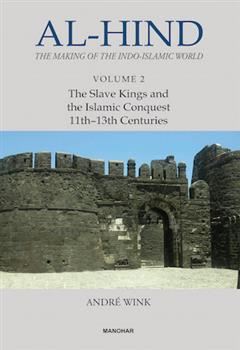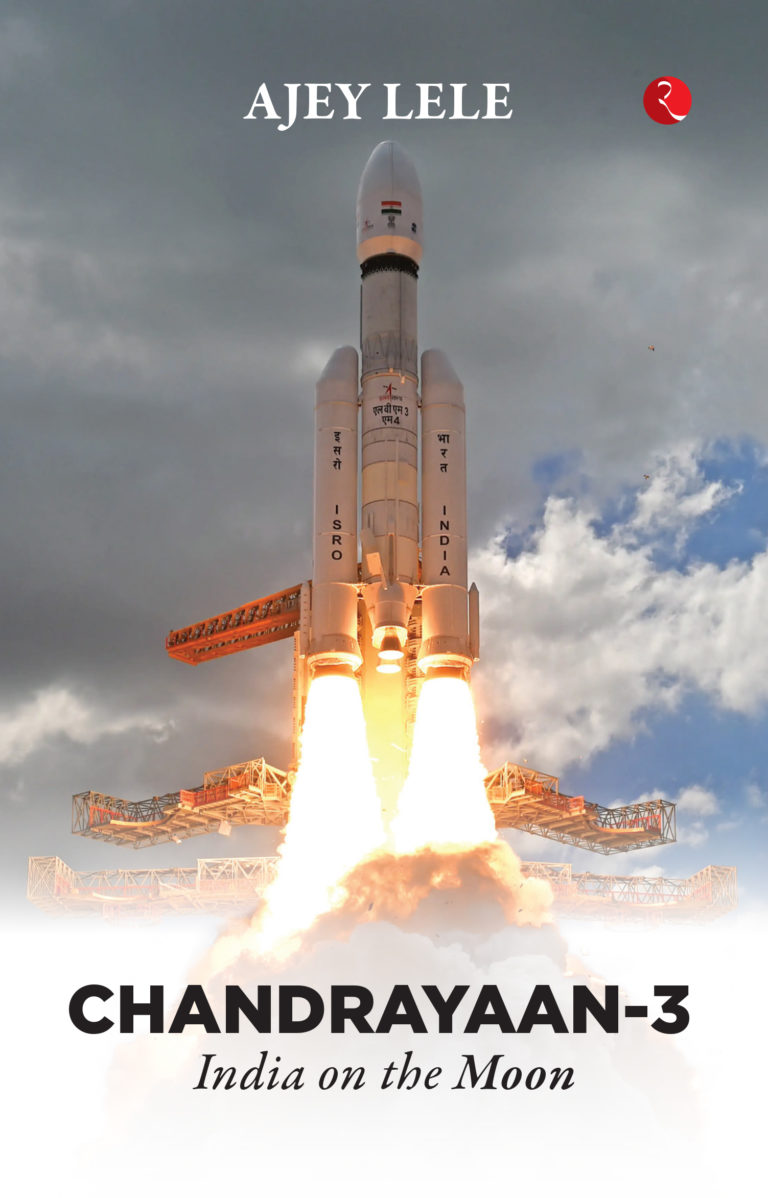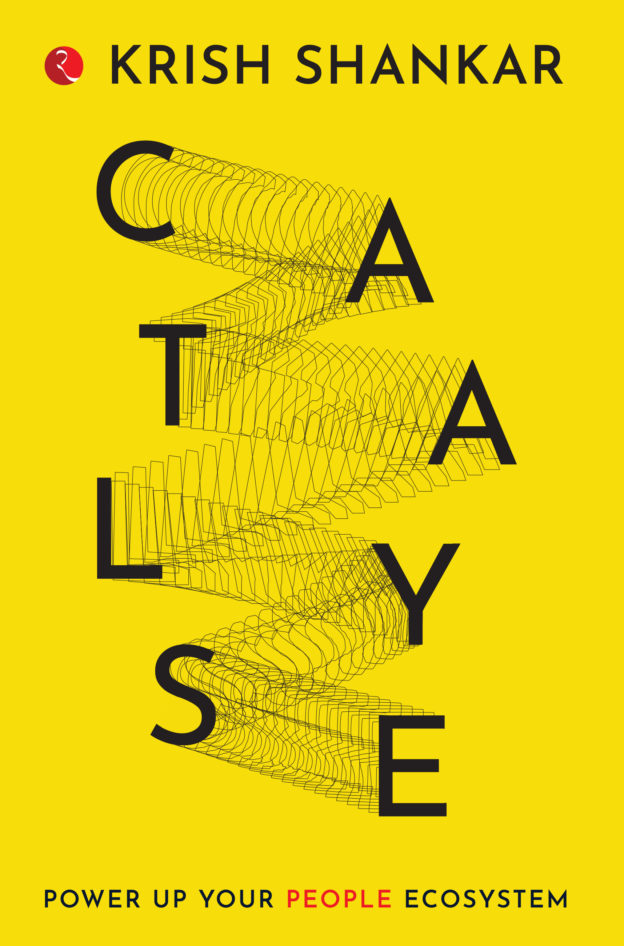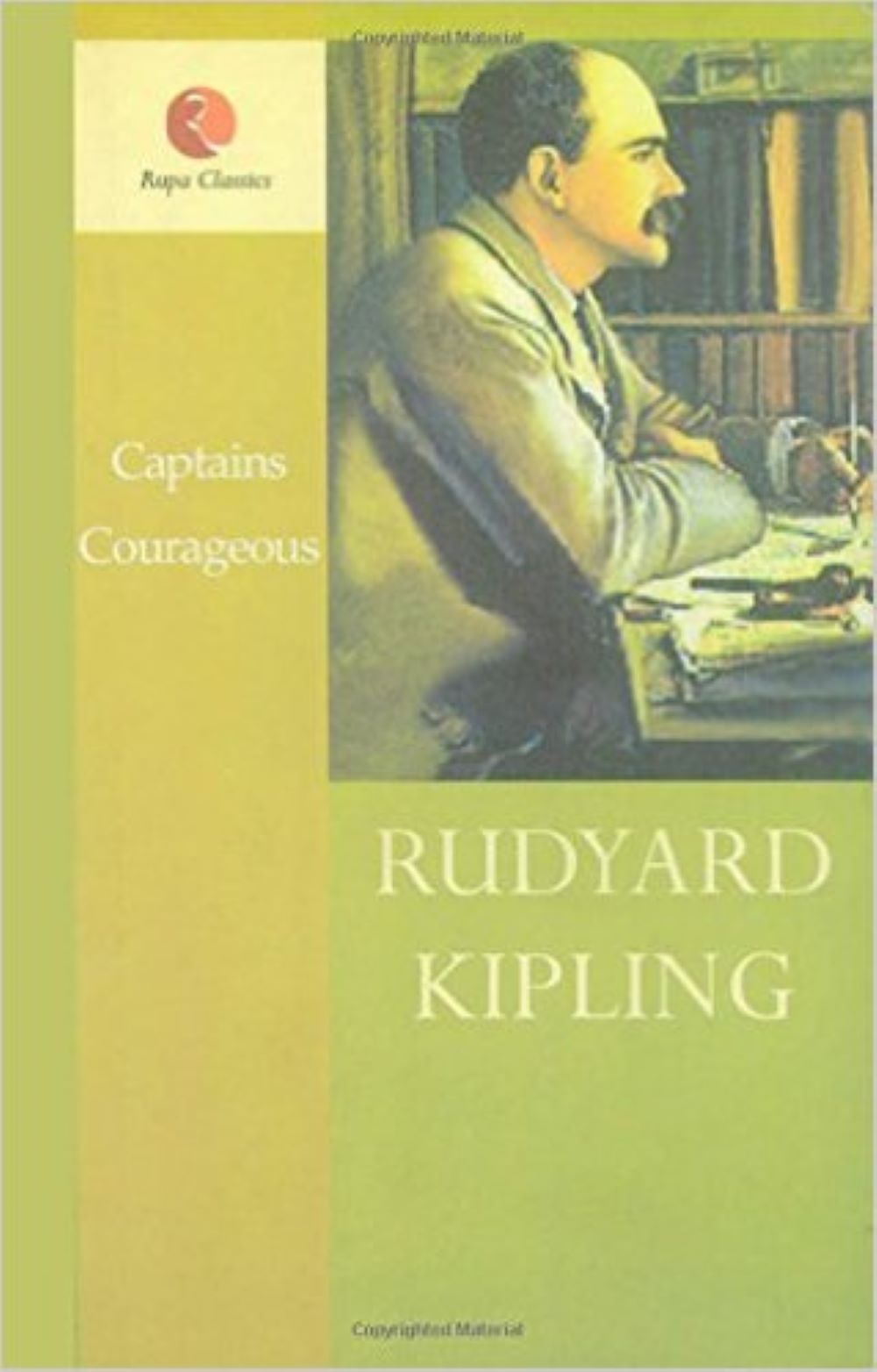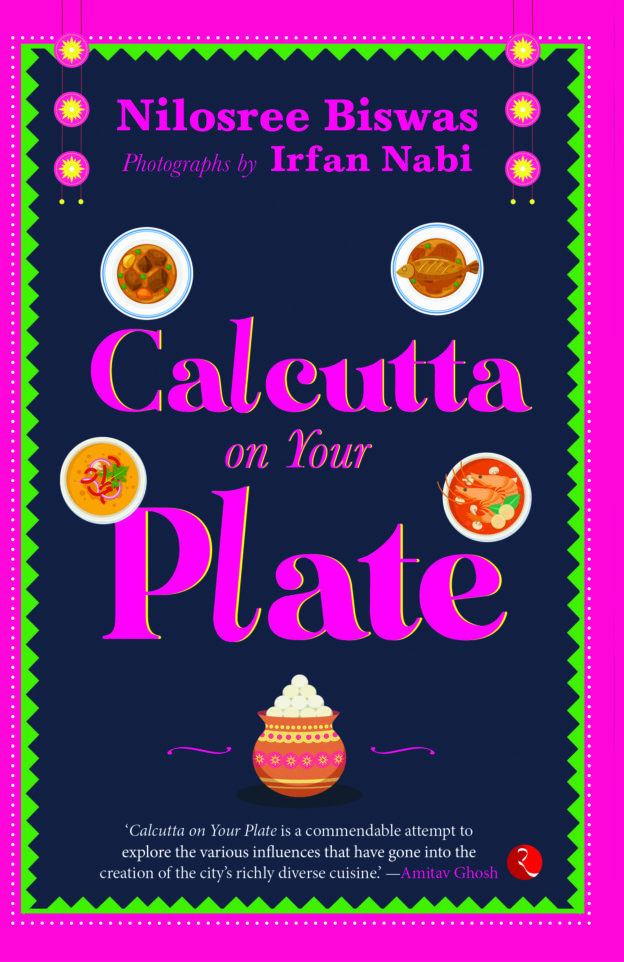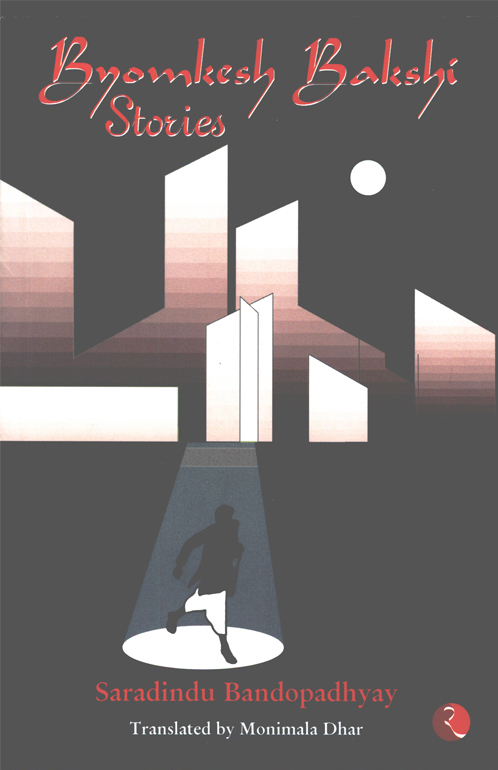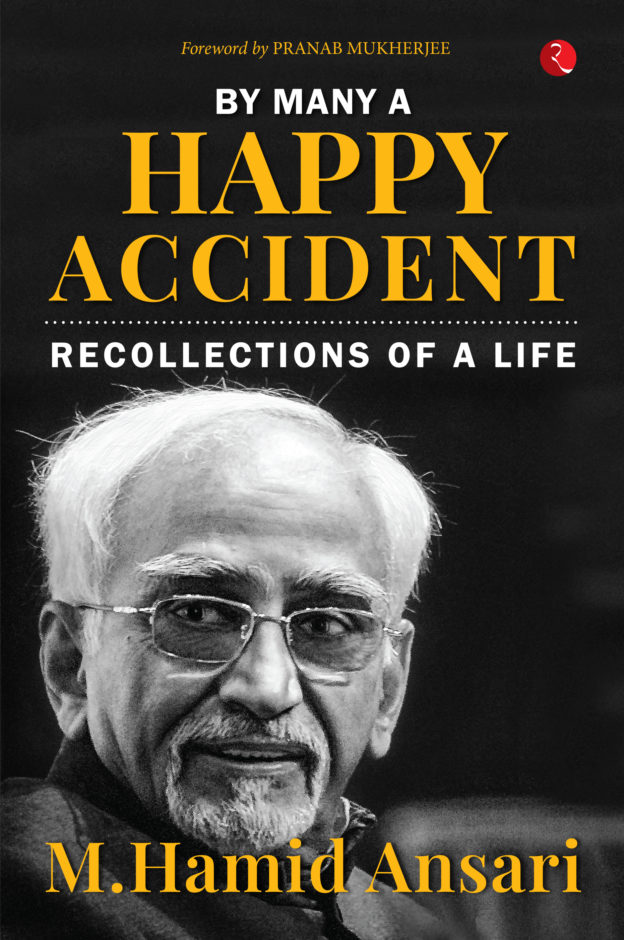Al-Hind: The Making of the Indo-Islamic World (Vol. 2), The Slave Kings and the Islamic Conquest 11th-13th Centuries
no information available
<p>During the early medieval Islamic expansion in the seventh to eleventh centuries alHind (India and its Indianized hinterland) was characterized by two organizational modes: the longdistance trade and mobile wealth of the peripheral frontier states and the settled agriculture of the heartland. These two different types of social economic and political organization were successfully fused during the eleventh to thirteenth centuries and India became the hub of world trade. During this period the Middle East declined in importance Central Asia was united under the Mongols and Islam expanded far into the Indian subcontinent. Instead of being devastated by the Mongols who were prevented from penetrating beyond the western periphery of alHind by the absence of sufficient good pasture land the agricultural plains of North India were brought under TurkoIslamic rule in a gradual manner in a conquest effected by professional armies and not accompanied by any largescale nomadic invasions. The result of the conquest was in short the revitalization of the economy of settled agriculture through the dynamic impetus of forced monetization and the expansion of political dominion. Islamic conquest and trade laid the foundation for a new type of IndoIslamic society in which the organizational forms of the frontier and of sedentary agriculture merged in a way that was uniquely successful in the late medieval world at large setting the IndoIslamic world apart from the Middle East and China in the same centuries. About the Author André Wink Ph.D. Leiden (1984) is Professor of History at the University of Wisconsin Madison. He is the author of Land and Sovereignty in India (1986) as well as numerous articles.</p>

